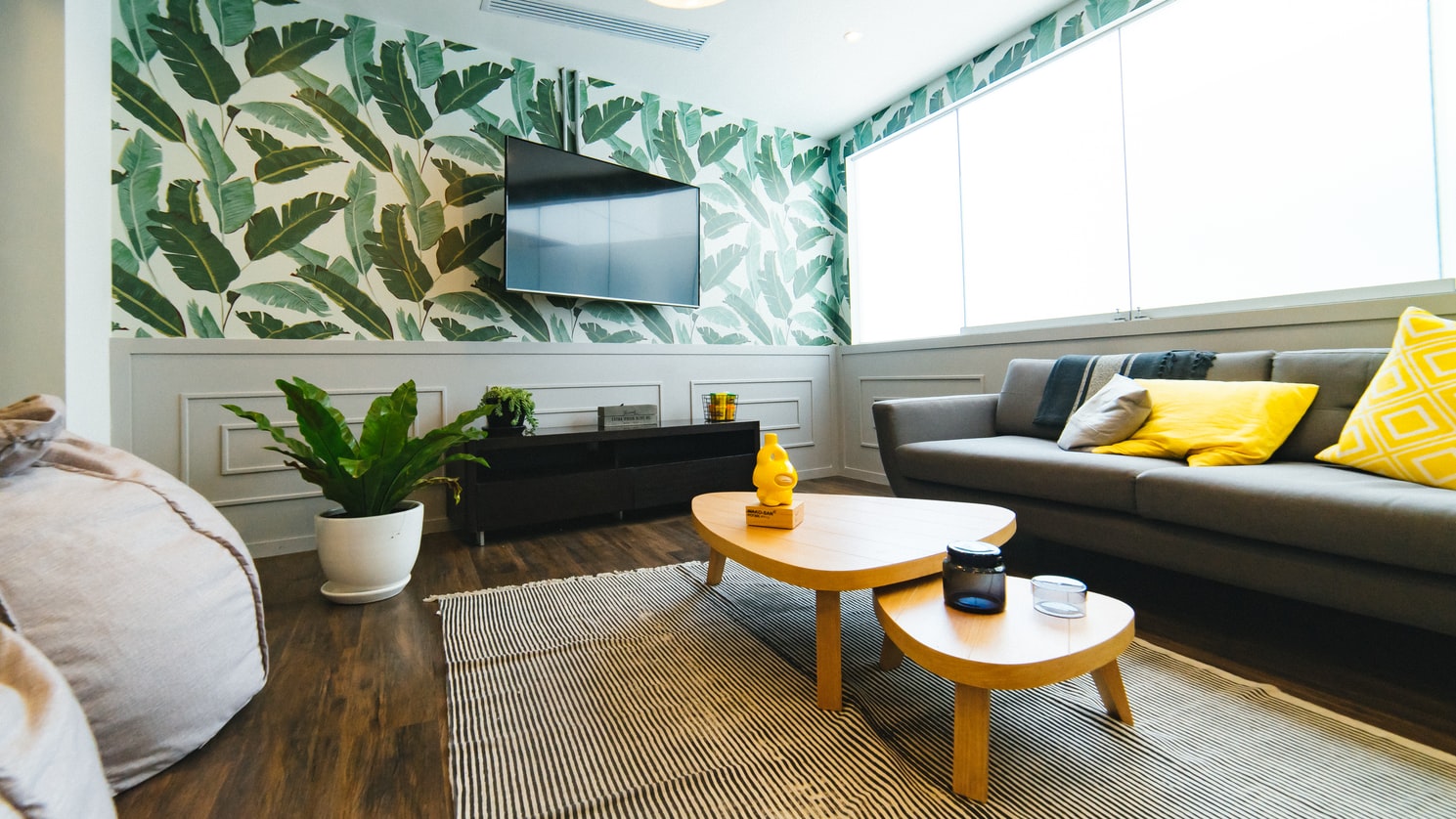
When it comes to home decor, the walls should weigh heavily into your plans. While most people spend time obsessing over the furniture, fabrics, accessories and colours, the truth is that it’s the walls that form the canvas base to offset these other features.
The wall provides the biggest impact to any room of the home and should be given its due importance. The colours you use will say a lot about your tastes, with each hue adding its personality to your walls.
Here are some tips to guide you through creating outstanding walls in your home:
- Choose the type of paint finishing you want. The higher the sheen of the paint, the higher is the shine and the greater the durability. Flat or matte veneers offer no shine and have lower durability while high-gloss paints are ultra-shiny and reflect light. Glossy paints are great for places prone to getting dirty such as the kitchen, hallways, kids rooms and doors. However, it’s the in-between sheens of eggshell, satin and semi-gloss that are ideal for large expanses of the inner walls of the house. They are more practical, decorative as well as get the job done.
- Go with the 60-30-10 rule when selecting paint colours; the 60 should represent your dominant wall colour, the 30 is your secondary colour reflected in the upholstery and the last 10% represents your accessory colour. This ensures a balance among colours with just the right pop for creating interest. The best way to go about it is by using neutral wall paint colours that are also present in the upholstery, curtains or rugs.
- Start selecting paint colour schemes for the formal areas of the house first, including the hall, sitting room and dining room. Choose a colour from these schemes and repeat in other parts of the home to create a flow. Since bedrooms go well with pale restful colours in shades of blue and green, you could always make the wall behind your bed as an accent wall and paint it a different hue. Light colours also make rooms appear more spacious and airy, so paint according to how you want your room to look.
- Follow the rule of sticking to just three colours per room. Limiting your palette keeps your room from looking an eyesore or getting too ‘loud’. You should also follow the rule of painting dark to light shades vertically. While the floor can look darker, the walls should be medium colour range and the ceiling being the lightest.













